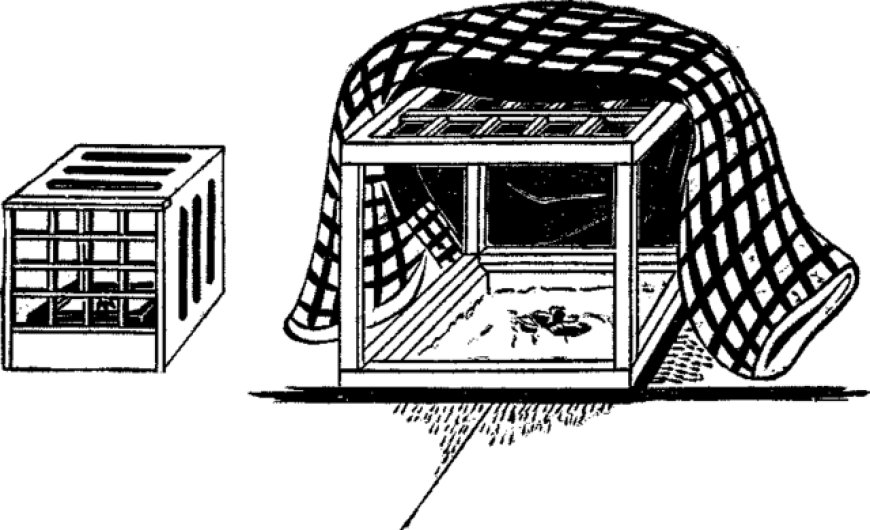Kotatsu – how to keep warm in winter in Japan
Kotatsu is a low wooden table frame, covered with a futon or a thick blanket on which to place the flat sheet to serve as a dining table.

Below is the heat source, formerly the kotatsu was made of a brazier, but now it uses electricity because the whole person will be under the feet, so using the brazier will be dangerous. Kotatsu is used almost exclusively in Japan, because the winter here is quite cold, so its design is thicker and thicker than other countries' devices. For example the Spanish Brasero or the Iranian korsi.
When was the history of Kotatsu formed?
The history of Kotatsu dates back to the Muromachi period in the fourteenth century. Its origins go back to the Japanese cooking furnace known as Irori. Charcoal is the main cooking method for traditional Japanese homes and is used to heat the irori oven.
In 14th century Japan, a chair was introduced to irori and its cooking function was separated from its sitting function. On the wooden floor, a blanket has been placed, called oki, which is trapped and geochemically the heat of the coal-fired furnace.
The first ancestor of this modern kotatsu was called hori-gotatsu. The word hori-gotatsu is derived from the kanji 掘 り(hori) meaning ditch, dig, 炬 (ko) meaning torch or fire, and 燵 (tatsu) meaning warmer foot.
The formation of hori-gotatsu was slightly altered during the Edo period in the seventeenth century. These changes include the floors around the irori being dug up into the ground in a square. Wooden platforms are placed around, making for a fireplace. The blanket was then placed on the platform again, where one could sit with feet underneath to keep warm.
This kotatsu arose with the widespread use of tatami mats in Japanese homes. Instead of placing coals in the irori, they were placed in an earthen pot placed on top of the tatami making the boat moveable. In this more modern style kotatsu is called oki-gotatsu.
There are two types of kotatsu used in Japan today, differing in configuration and heating pattern
Electric: The modern style of kotatsu (oki-gotatsu (置) consists of a table with an electric heater attached to the bottom of the table. This evolved from a clay pot with hot coals placed under a table. [2] The kotatsu is usually placed on a thin futon, like a mat. A second, thicker futon is placed on the kotatsu board, on which the board is placed. An electric heating element attached to the lower part of the panel heats the space below the blanket.
Coal: The more traditional type is a table set on a recessed floor ( hori-gotatsu ( り 炬 燵 ) ). The pit is cut into the floor and is about 40 cm deep. A charcoal fireplace is placed somewhere in the basement, wall, or, as in modern kotatsu, attached to the board frame. There are pitiful kotatsu with an electric heater too
Most Japanese homes are not insulated to the same extent as Western residences and do not have central heating systems, so rely primarily on space heating. Heating systems are expensive because of the lack of insulation and the rudiment of housing.
A kotatsu is a relatively inexpensive way to stay warm in the winter, like warm air traps. Families can choose to focus their activities in this one area of the house to save on energy costs. In the summer, the blanket can be removed, and the kotatsu is used as a casual table.
During the winter months in Japan, kotatsu is often placed in the center of the house, for example, in the middle of the living room. In the evening, family members gather around the kotatsu to enjoy food, television, games, and conversation while keeping the lower half of the body warm. It is said that “once under the kotatsu, all your worries drift away like a familiar warmth and you become completely relaxed.”
--------------------------
Injavi.com - Visit in Japan
























































































